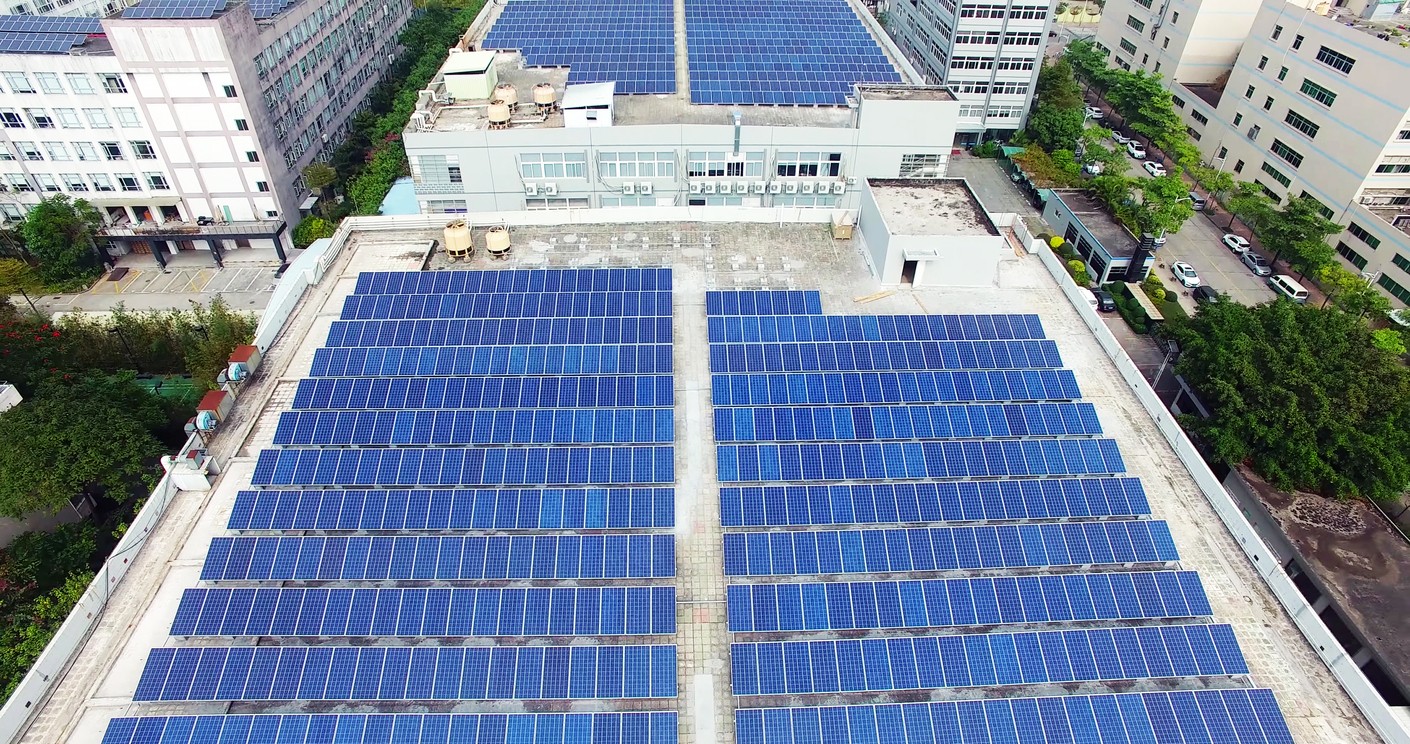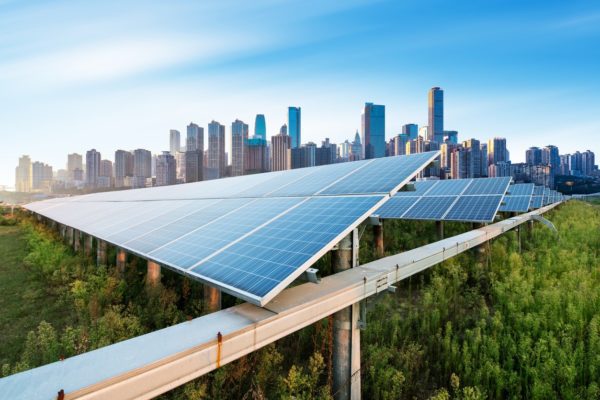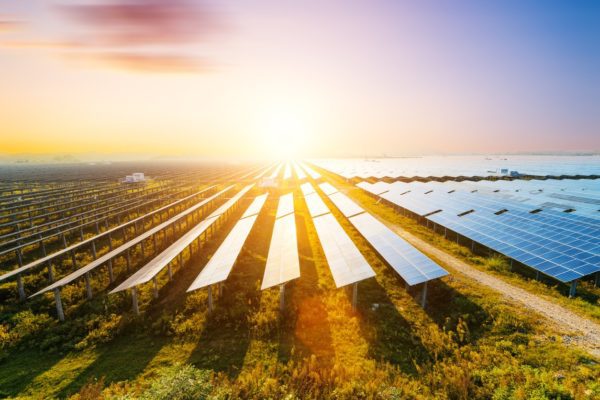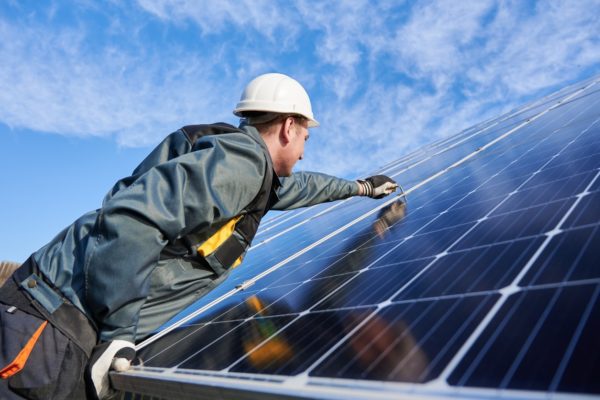
A study concerning commercial solar panel systems around the United States highlighted that the solar prices for commercial and utility-scale systems have increased by around 14-18%.
Although there are many external factors that can be the reason for this upsurge in pricing, one of the main reasons is that the demand for commercial solar panel systems has also increased due to its benefits, which is why the prices have to be increased to adjust with this rise in demand.
Due to the benefits associated with commercial solar panel systems and the sunny weather in the U.S., many enterprises are now getting commercial systems installed in their organizations.
Many companies report that this investment has proved to be considerably beneficial, reducing their overhead costs and profiting them in the long run.
However, in order to utilize the maximum potential provided by solar systems, we have compiled a list of recommendations that you should understand before investing in a commercial solar system.
Furthermore, let us also discuss some of the components that are essential in a solar panel system to give you a better idea of their functionality.
Main Components of a Solar Panel System

Before discussing what you must consider when designing a commercial system for your company, let us first understand the components that actually go into the production of a system.
Contrary to what people might think when they hear the word “solar panel system,” the panels themselves are only a minor component, and there is much more to the design and development of these systems.
Although there are many parts that go into the creation of a solar system, the four main building blocks are:
- Panels
- Inverter(s)
- Racking
- Solar battery storage unit
Let us discuss the four main components that go into the creation of a functioning solar panel system in a bit more detail so that you can better understand the investment you are looking to make for your organization.
Solar Panels
The first and probably the most visible component of these systems are the panels themselves, and the visibility factor is partly why you should be the most familiar with this part.
The panels are known to be the ‘face’ of the system, mainly because that’s the thing you will see when you spot a solar system out in the distance.
How these panels work is that they are comprised of many solar cells, whose main function is to transport the electricity generated through the panels.
When choosing solar panels for your commercial system, one important aspect to understand is that overheating panels can become less efficient, which is why you should look for panels that are capable of withstanding intense heat for an extended period of time.
How to Identify Polycrystalline or Monocrystalline Panels
Another important thing to consider when looking for solar panels in the market is the type of technology they are using because that makes a great difference when designing your commercial solar system.
When looking at the technology behind solar panels, they can either be Polycrystalline, or they can be monocrystalline, and a way to identify them is that monocrystalline panels are usually darker in color. This is due to the aesthetic that is kept in mind when built and due to the nature of their production process as well.
Like the monocrystalline, solar panels made with Polycrystalline technology also have a distinct sign that can help you identify them.
These types of panels consist of a multitude of smaller crystals that have variation in texture, due to which some of them may be lighter than others, resulting in several variations of color that are comparably lighter.
Inverters
This component of the solar panel system is said to be the most crucial part when it comes to the system’s functionality. This is because the main purpose of this part is to convert the electricity supplied by the solar panels into 240V electricity, which is the type of electricity used to power homes.
This piece of equipment must be the number one priority when looking to design a commercial solar panel system.
The inverter needs to be especially reliable and durable due to the fact that it will be working around the clock, supplying your workplace with electricity, which is mainly why this part is oftentimes the main reason for faults that might occur in the solar system.
Racking
Although not as important as the inverter, the racking or mounting of the system is also something that must be considered when looking to buy a solar system in the market.
This is because of the fact that it is the racking that ensures the secure placement of the solar panel system on your roof and prevents it from falling over.
This is why it is important to prioritize quality over quantity when getting your solar panels installed, so you can be assured that the installation company does not cut any corners when installing the panels, and the racking is guaranteed to be durable and long-lasting.
Storage Unit
It is the battery that will be storing the energy that is generated throughout the day, making this a priority as well.
Essentially, the size of the attached battery will determine how much energy can be stored, hence, dictating the time the battery will be operational at night when energy is no longer being generated.
Although battery technology is developing at a rapid rate, with advancements launching on a regular basis, it is a concept that is still in its early stages, due to which it can be very costly to integrate into your commercial solar panel system.
Recommendations When Designing a Commercial Solar Panel System
1. Boosting Energy Output and Efficiency
When designing your commercial solar panel system, it is recommended that you implement as many measures of energy conversation as possible before the installation process begins.
This is because maximizing the efficiency of the energy comprised of the workplace before installation can help you make sure that the solar panel system works at maximum potential.
2. Life of the Solar Panel Should Match the Commercial Roof
When designing commercial solar panel systems, it is highly recommended to learn that high-quality panels are known to be very durable that can last more than 25 years.
In order to take full advantage of this durability, the solar panel system should be designed and installed on a roof with a similar life as well.
If the panels outlive the roof that they are placed on, then you would eventually have to resort to roof replacement which is an expensive project on its own, and these costs would further increase when you have to consider the removal and reinstallation of the entire system as well.
Keeping this information in mind, the best time to get your commercial solar panel system installed is right after construction so that the newly built roof is least likely to be replaced and can facilitate the high lifespan of the commercial solar panel system.
3. Preventative Maintenance
Although solar panels are especially durable, they are still subject to wear and tear, and their position makes them a victim to possibly harsh weather conditions as well, and you should not wait for a problem to occur when getting a commercial system installed.
Due to this, it is essential to schedule maintenance at regular intervals for your commercial solar panel system to prevent any major problems from occurring.
4. A Reflective Roof Surface with Bifacial Solar Panels is Recommended
As discussed earlier, as the temperature at which a solar panel operates increases, the efficiency of the system eventually takes a dive, eventually resulting in a rather inefficient solar panel system.
This loss starts to build up as the temperature rises, and the best way to combat this limitation is to install reflective roofing and consider solar panels that are bifacial.
The reason for considering bifacial solar panels is that these types of panels tend to be able to operate at a comparatively higher temperature when placed on opaque roofs due to their characteristic of light absorption.
Furthermore, the implementation of a reflective roof surface is also recommended primarily due to the fact that these types of roofs can help you reduce the temperature of the panels comprised of your commercial system, which in turn results in an overall improved electricity output.
Let Coldwell Solar Design Your Commercial Solar System

This was simply a condensed guide highlighting some of the recommendations which need to be considered when getting your commercial solar panel system designed.
When getting a commercial system made for your workplace, understanding the components that go into its production and these recommendations can provide you with a great start when you plan to design your commercial solar system.
However, even after researching the best parts and keeping all of the considerations in mind, the process can still prove to be overwhelming. Contact us today to help with the design and installation of your commercial solar system.


